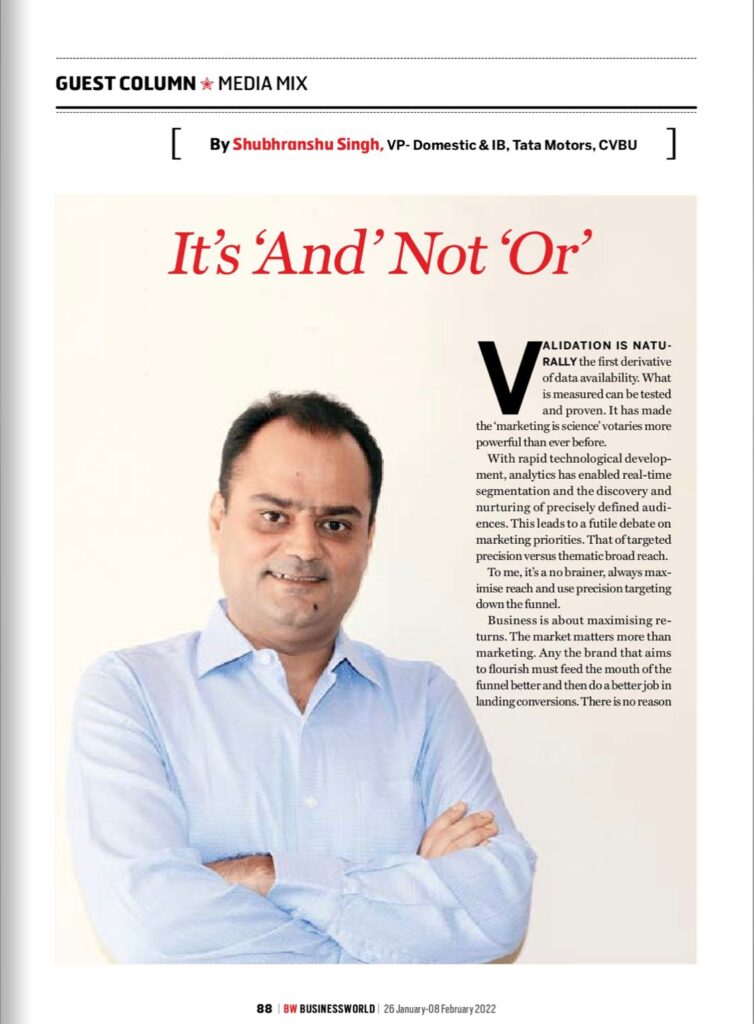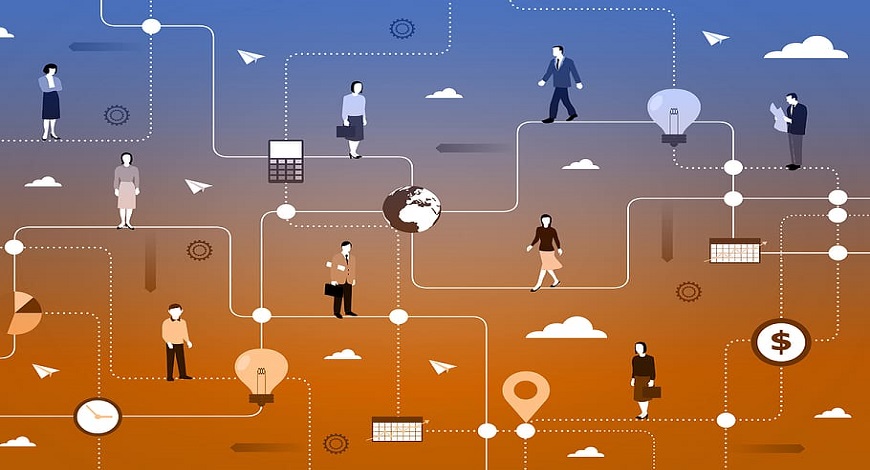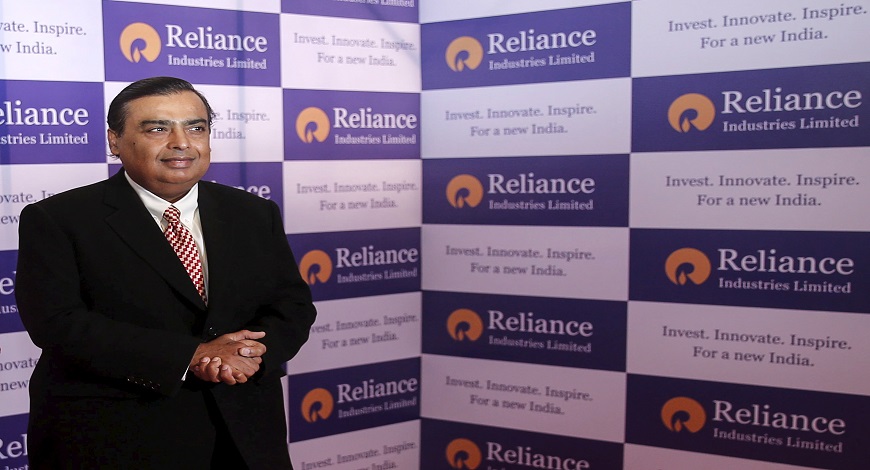Digital Payments: A Revolution Of Consequence
In a cash-hoarding culture, it has been evidenced that money itself has no commodity value but rather its value emerges based on how it allows credit to originate, get transacted, recorded and settled, writes Shubhranshu Singh [siteorigin_widget class=”SiteOrigin_Widget_Image_Widget”][/siteorigin_widget] In my opinion, the Unified Payments Interface (UPI) is as defining and significant for India as a universal adult franchise or the green revolution. It has strengthened our society, polity, democracy, economy and global standing. It has shown us again that money is a social technology. In a cash-hoarding culture, it has been evidenced that money itself has no commodity value but rather its value emerges based on how it allows credit to originate, get transacted, recorded and settled. It is this social technology of transferable credit which is a primal force called money, or finance. In India, UPI is revolutionising it. Within no time, it has transformed the Indian digital payment landscape and emerged as the default choice for money transfers, particularly smaller transactions. Consequentially, India has emerged as a global leader in payments, thanks to its next-generation real-time payment systems. Factors such as the proliferation of smartphones and widespread internet access have catalysed this transformation. According to RBI data, UPI transactions have witnessed a 428 per cent surge, soaring from Rs 2.9 lakh crore in July 2020 to 15.33 lakh crore in July 2023. UPI transactions breached the Rs 1,000-crore mark in a single month for the first time in August 2023. India has topped the list for digital payments. Our payment volume is more than the sum of all digital payments made in the next four leading countries. Of all real-time payments made worldwide in 2022, nearly half were made in India. The “digital public infrastructure” as it is termed, is India’s low-cost, tech-based provision of identity, payments and data management. In hindsight, the foundational importance of Aadhar is now manifest. The near-universal coverage allowed the basis for the Unified Payments Interface. Launched in 2016, it accounted for nearly 80 per cent of all non-cash retail payments in India now. The third pillar involves data management facilitated via Digilocker. The repository and the key is the ubiquitous cell phone. This combination of financial access, ease and inclusion has proven itself a game changer, a ‘win-win’ for all concerned that has aided velocity, volume and profitability. Almost every government scheme – central or state is run with ‘direct benefit transfers’ straight to Aadhaar-linked bank accounts. What makes it even more impressive is the demonstrated ability to scale and the complexity it has managed to harness in delivering it. Its enabling digital ecosystem includes government agencies, regulators, tech firms, public corporations, NGOs and universities working together effectively in real-time. This is also a fabulous example of tri-sector collaboration involving the public -social and private sectors with key players seamlessly operating across boundaries. Now, India has an opportunity to do a Made in India for ‘Paid in India’. With India’s support the third world can leapfrog beyond where the West is at present. These digital building blocks can be used modularly to enable global transformation. India is offering its technologies and platforms for free hence the expectation is that Indian-made digital systems can become the widely accepted infrastructure. We also have the software services muscle to help with implementation and maintenance. With scale, India’s self-sufficiency in domestic payments can scale up to cross-border payments and remittances as well. UPI apps are free of charge- to consumers or businesses- unlike the vastly profitable duopoly of Visa and MasterCard. I would term the QR code as a ‘Quiet Revolution’. It is a mark of new India with the ability to connect a billion people in an instant payment system. That a homegrown digital network has made bigger strides than any in the developed West is a source of pride but more importantly, it has the power to bring all transactions into the formal economy thus shaping it. The scan-and-pay system is the bedrock “digital public infrastructure,” that allowed an unprecedented channel for instantaneous benefits transfer and fiscal transactions. We are a unique country where physical infra is chasing digital infra. Equally significantly, it is a public-private model that positions India as a provider, guide and facilitator for the world’s poorer nations. Truly revealing is its composition – more than half the digital payments are small or micropayments. That is a significant behavioural shift in what has long been a cash-driven economy. I was Director Marketing for South Asia at Visa between 2011 and 2014 when some of the most significant advances were begun that redefined India’s digital payment ecosystem. UIDAI began the work then for basic pillars of the digital infrastructure — the identity number which eventually led to bank accounts and mobile phone apps and made it easier to deliver services. I did a campaign called ‘Dream To Advance’ to publicise the use of Visa Debit online. We had made an ambitious plan to make banking correspondents at every street corner by biometrically enabling this infra. I met Nandan Nilekani a few times back then and came away energised on every occasion. It was clear the ambition, plan and consequences were game-changing. Back then nothing but cards and net banking existed. Independent payment processors were just beginning to come into play, principally through mobile bill payment facilitation. Nilekani had a clear vision of where we ought to be. Thanks to consistent governmental backing, today we have reached the first horizon. The UIDAI, NPCI, Jan Dhan and UPI all have built one atop another. In markets where digital payments have taken hold, the converted do not regress to earlier methods. Making voice-based and offline digital payments as an expansion of the current infrastructure will bridge the gap between rural and urban areas. The rural penetration has been hampered by sparse internet access and lower levels of literacy. ‘Conversational payments’ will address this gap and UPI users will be able to make verbal transfer instructions on their phones which will be processed using AI-based speech recognition to








